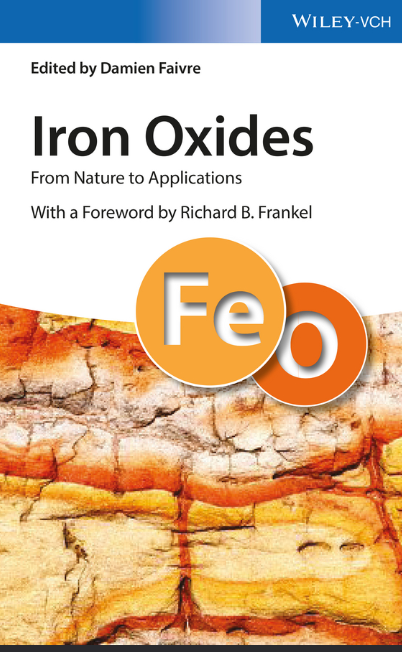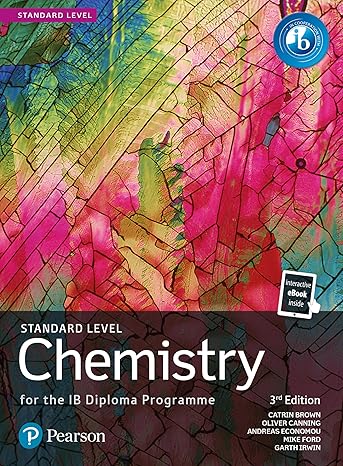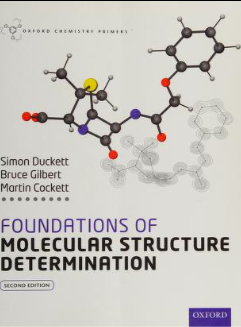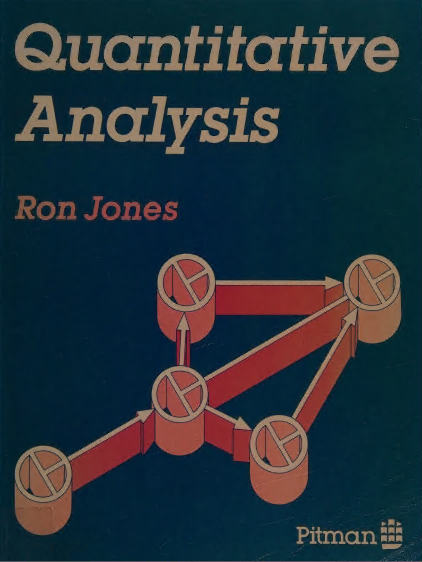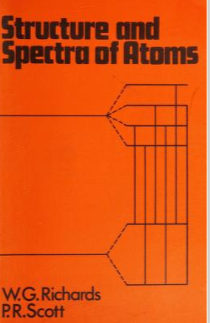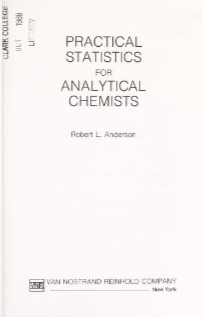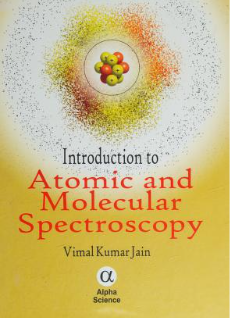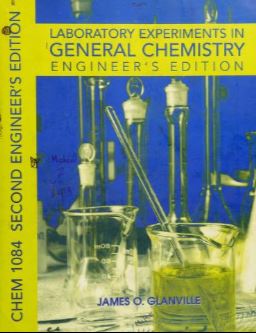4 1 Introduction Table 1.1 Summary of the different known iron oxides. Iron oxides Iron oxyhydroxides Iron hydroxides Fe(II) compounds Wüstite FeO [4, 5] “White rust” – Fe(OH) 2 [6, 7] Fe(II)-Fe(III) compounds Magnetite Fe3 O4 [8] “Green rusts” – Fougèrite [Fe2+4 Fe3+2 (OH) 12 ] [CO3 ]⋅3H2 O [9] Fe(III) compounds Hematite α-Fe2 O3 [8] Goethite α-FeOOH [8] Bernalite Fe(OH) 3 [10] β-Fe2 O3 [11] Akaganéite β-FeOOH [12] Maghemite γ-Fe2 O3 [13] Lepidocrocite γ-FeOOH [14] δ-Fe2 O3 [15] Feroxyhyte δ-FeOOH [16–18] ε-Fe2 O3 [19] Ferrihydrite 5Fe2 O3⋅9H2 O [20, 21] Schwertmannite Fe8 O8 (OH) 6 (SO4 )⋅nH2 O [8, 22] The references to the minerals are discussed in the text since some mineral names have varied over time. known, martite was presented as having an intermediate composition between Fe2 O 3 and Fe3 O 4 , closer to hematite in composition but with an octahedral form similar to magnetite [23]. However, after the compound was obtained in the lab by oxidation of magnetite [24], it was called ferro-magnetic ferric oxide and its natural existence was questioned [25]. Wagner confirmed its natural occurrence and discussed that the name “ferro-magnetic ferric oxide” was too long, the name “oxidized magnetite” misleading as the mineral in question did not contain any ferrous iron and therefore he proposed “maghemite,” probably as a condensed form of “magnetite” and “hematite” [13]. This in turn was problematic to Winchell [26], who disliked the fact that the name “maghemite” suggested a magnetic hematite. This author argued that maghemite should be used in the case of hematite being deoxidized to the composition of magnetite while retain- ing its own space-lattice and becoming magnetic. Finally, Winchell proposed “oxymagnetite” [26], a name that did not become established in the community, where maghemite is now the name recognized by the International Mineralogy Association (IMA). Another dispute, which is certainly more contemporary, concerns ferrihydrite. It is not related to the name, rather to the structure of the mineral, which was first reported by Towe and Bradley in 1967 [27] and named 4 years later by Chukhrov [20]. Despite its ubiquitous presence in environmental environments, its sole exis- tence as nanometer-scaled materials had made its characterization difficult by traditional X-ray diffraction techniques based on long-range order analysis. About 10 years ago, Michel et al. proposed a structure based on 20% tetrahedrally and 80% octahedrally-coordinated iron and a P63mc space group [28]
چکیده فارسی
4 1 مقدمه جدول 1.1 خلاصه ای از اکسیدهای مختلف آهن شناخته شده. اکسیدهای آهن اکسی هیدروکسیدهای آهن هیدروکسیدهای آهن ترکیبات Fe(II) Wüstite FeO [4، 5] "زنگ سفید" – Fe(OH) 2 [6، 7] ترکیبات Fe(II)-Fe(III) مگنتیت Fe3 O4 [8] " زنگهای سبز” – فوگریت [Fe2+4 Fe3+2 (OH) 12] [CO3]⋅3H2 O [9] ترکیبات Fe(III) هماتیت α-Fe2O3 [8] گوتیت α-FeOOH [8] برنالیت Fe(OH) ) 3 [10] β-Fe2 O3 [11] Akaganéite β-FeOOH [12] Maghemite γ-Fe2 O3 [13] Lepidocrocite γ-FeOOH [14] δ-Fe2 O3 [15] Feroxyhyte δ-FeOOH [16-18] ε-Fe2 O3 [19] Ferrihydrite 5Fe2 O3⋅9H2 O [20، 21] Schwertmannite Fe8 O8 (OH) 6 (SO4)⋅nH2 O [8، 22] ارجاعات به کانی ها در متن مورد بحث قرار گرفته است زیرا برخی از نام های کانی در طول زمان تغییر کرده اند. شناخته شده است، مارتیت به عنوان دارای یک ترکیب میانی بین Fe2 O 3 و Fe3 O 4، از نظر ترکیب به هماتیت نزدیک تر، اما با فرم هشت وجهی شبیه به مگنتیت ارائه شد [23]. با این حال، پس از اینکه این ترکیب در آزمایشگاه با اکسیداسیون مگنتیت [24] به دست آمد، آن را اکسید آهن فرو مغناطیسی نامیدند و وجود طبیعی آن مورد تردید قرار گرفت [25]. واگنر وقوع طبیعی آن را تایید کرد و بحث کرد که نام "اکسید آهن فرو مغناطیسی" بسیار طولانی است، نام "مگنتیت اکسید شده" گمراه کننده است زیرا ماده معدنی مورد بحث حاوی آهن آهنی نیست و بنابراین "ماگمیت" را احتمالاً به عنوان یک ماده معدنی پیشنهاد کرد. شکل متراکم "مگنتیت" و "هماتیت" [13]. این به نوبه خود برای وینچل [26] مشکل ساز بود، او این واقعیت را دوست نداشت که نام "ماگمیت" یک هماتیت مغناطیسی را پیشنهاد کند. این نویسنده استدلال میکند که ماگمیت باید در مورد هماتیت استفاده شود که به ترکیب مگنتیت اکسیده میشود در حالی که شبکه فضایی خود را حفظ میکند و مغناطیسی میشود. سرانجام، وینچل "اکسی مگنتیت" [26] را پیشنهاد کرد، نامی که در جامعه جا نیفتاد، جایی که ماگمیت اکنون نامی است که توسط انجمن بین المللی کانی شناسی (IMA) به رسمیت شناخته شده است. مناقشه دیگر، که مطمئناً معاصرتر است، مربوط به فری هیدریت است. این به نام مربوط نیست، بلکه به ساختار ماده معدنی مربوط می شود، که اولین بار توسط توو و بردلی در سال 1967 گزارش شد [27] و 4 سال بعد توسط چوخروف نامگذاری شد [20]. علیرغم حضور همه جانبه آن در محیطهای محیطی، تنها وجود آن به عنوان موادی در مقیاس نانومتری، شناسایی آن را با تکنیکهای سنتی پراش اشعه ایکس بر اساس تجزیه و تحلیل نظم دوربرد دشوار کرده بود. حدود 10 سال پیش، میشل و همکاران. ساختاری مبتنی بر 20 درصد آهن چهاروجهی و 80 درصد آهن هماهنگ شده و یک گروه فضایی P63mc پیشنهاد کرد [28]
ادامه ...
بستن ...
Editor
Dr. Damien Faivre
Max Planck Institute of Colloids &
Interfaces
Department of Biomaterials
Potsdam-Golm Science Park
Am Mühlenberg 1
14476 Potsdam
Germany
Cover
Getty Images (No 533873287) Lkpro,
Istock
All books published by Wiley-VCH are
carefully produced. Nevertheless, authors,
editors, and publisher do not warrant the
information contained in these books,
including this book, to be free of errors.
Readers are advised to keep in mind that
statements, data, illustrations, procedural
details or other items may inadvertently
be inaccurate.
Library of Congress Card No.: applied for
British Library Cataloguing-in-Publication
Data
A catalogue record for this book is avail-
able from the British Library.
Bibliographic information published by the
Deutsche Nationalbibliothek
The Deutsche Nationalbibliothek
lists this publication in the Deutsche
Nationalbibliografie; detailed
bibliographic data are available on the
Internet at <http://dnb.d-nb.de>.
© 2016 Wiley-VCH Verlag GmbH & Co.
KGaA, Boschstr. 12, 69469 Weinheim,
Germany
All rights reserved (including those of
translation into other languages). No part
of this book may be reproduced in any
form – by photoprinting, microfilm, or
any other means – nor transmitted or
translated into a machine language
without written permission from the
publishers. Registered names, trademarks,
etc. used in this book, even when not
specifically marked as such, are not to be
considered unprotected by law.
Print ISBN: 978-3-527-33882-5
ePDF ISBN: 978-3-527-69136-4
ePub ISBN: 978-3-527-69138-8
Mobi ISBN: 978-3-527-69137-1
oBook ISBN: 978-3-527-69139-5
Typesetting SPi Global, Chennai, India
Printing and Binding
Printed on acid-free paper
ادامه ...
بستن ...
